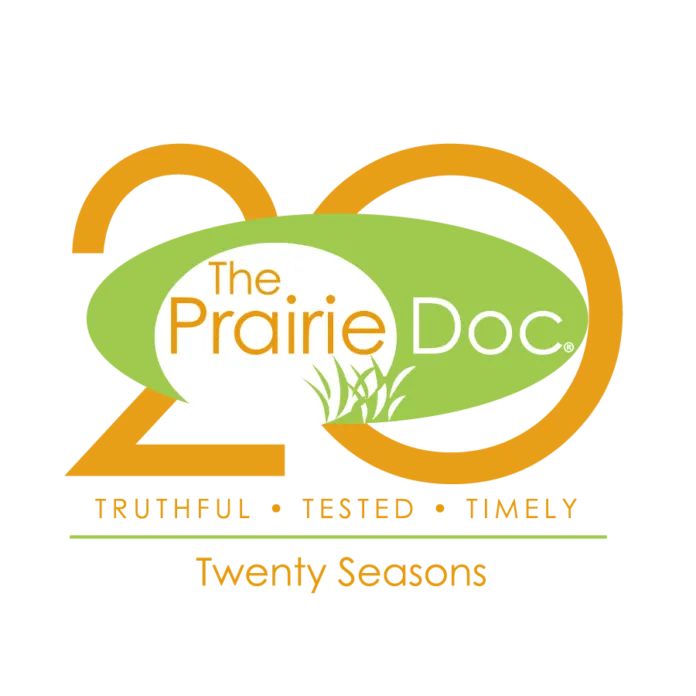As a patient, it can be challenging to navigate the healthcare system. This can lead to frustration and disappointment in the system itself. My intent with this article is to be both informative and alleviate some angst associated with seeking medical care.
1. Preparing for your appointment: This may be the most crucial step – whether the appointment is with your primary care physician or a specialist. As the patient, it is important to have the most important concern(s) prepared to address. As physicians, we are only allotted so many minutes to see each patient depending on the reason for the visit. Time ranges anywhere from 5 to 30 minutes, the majority are on the shorter end of the range. It is possible that all your concerns may not be addressed in one visit. While this may be frustrating, we also want to devote enough time to each issue. If there are numerous concerns, you may need to schedule a follow up appointment. Rushing through may cause important information to be missed.
2. Arriving for your appointment: Many clinic goers believe the appointment time is when they should arrive at the clinic. During an ideal day, it is our goal to have your physician walking into your exam room at the time of your appointment. Arriving at least 15-20 minutes prior to your appointment time will give clinic staff more time to get you prepared for your visit. You will ultimately end up spending more time with your physician by arriving early.
3. Running late: Tardiness is never anyone’s goal. Both parties may be the cause for appointments starting late, including late arrival times. There may also be life-threatening complications with the patient before you. We may be calling the Emergency Room or hospital to admit sick patients. Many physicians deliver babies. Little ones can arrive at any time, day or night. If the babies need help after birth, we stay and assist them. This only names a few reasons why we may run late. When your turn arrives, we will give you our undivided attention. As physicians, we very much appreciate your patience and understanding as we navigate unforeseen situations that arise.
4. The appointment: As you now know, visits are short. Throughout the visit, we are collecting important information. This involves history taking, an examination and formulation of a plan based on our diagnosis. This all occurs in a very short timeframe. Have your medication list, any updates to your health along with information on other healthcare visits on hand. If an acute issue brings you to the clinic, a time frame of the concern, interventions you’ve tried, and what makes the issue better or worse can expedite the information collection process. This preparedness will ensure you get the most out of your visit.
This is just the beginning. Next week, I’ll go over what happens behind the scenes after your visit.
Dr. Samantha Darnall-Werlinger is a family medicine physician with a special interest in obstetrics. Dr. Darnall-Werlinger practices at the Sanford Health Watertown Clinic in Watertown, SD. Follow The Prairie Doc® at www.prairiedoc.org and on Facebook featuring On Call with the Prairie Doc® a medical Q&A show based on science, built on trust for 21 seasons, streaming live on Facebook most Thursdays at 7 p.m. central.





